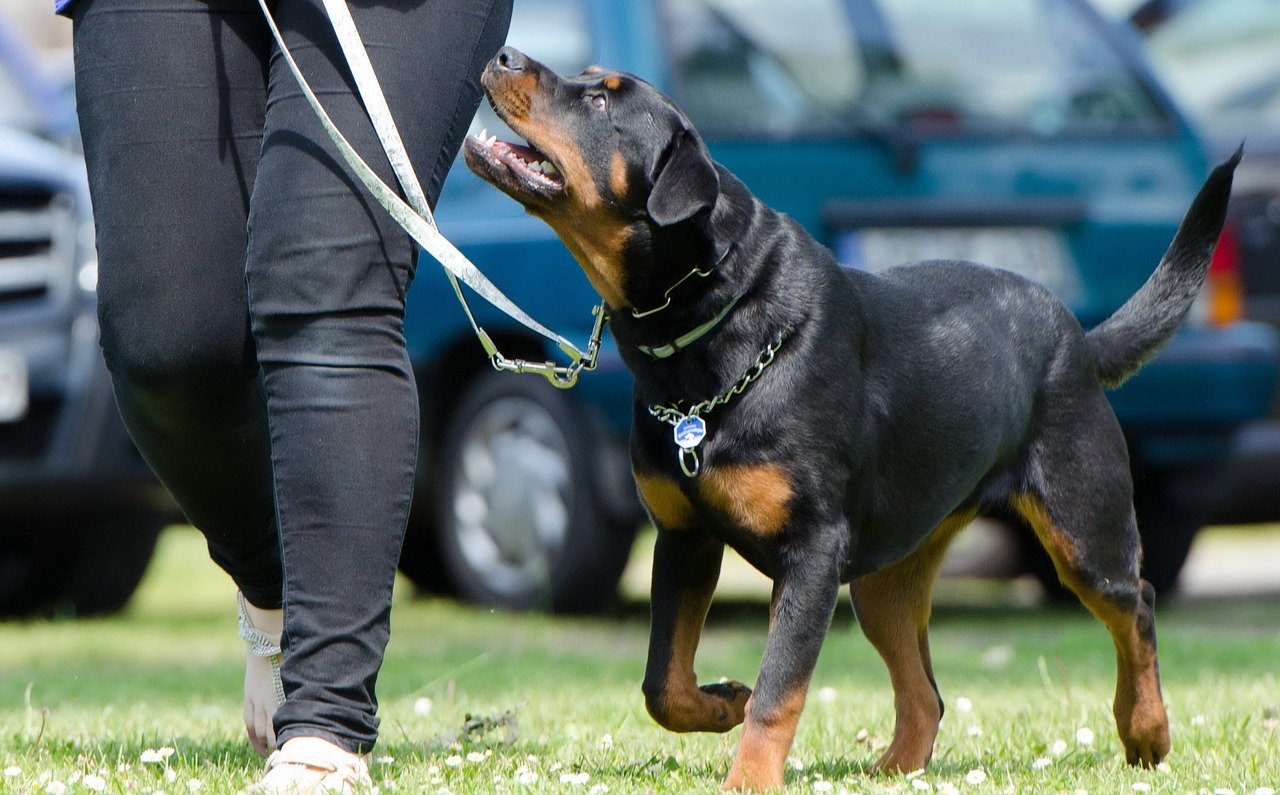Whether you are conscious of it or not from the moment you bring your new pet home you are teaching him. For example, if your pup jumps on you and you pick him up, pet him or even nudge him away, he may interpret this as a pleasant social interaction. Inadvertently, you could train your dog to do the unwanted behavior. However, if your dog jumps on you, and he is ignored or receives an unpleasant correction, he will quickly learn not to jump.
Conversely, if a behavior results in a pleasurable result such as a tidbit of food, he will do to receive the reward. With this knowledge it is possible to shape your dog’s behavior through operant conditioning.
Important Terms:
Operant Conditioning
A term first coined by behaviorist, B.F. Skinner, operant conditioning describes a technique for modifying behavior by adding or removing a reward stimulus (food, affection, a toy), and adding or removing an aversive stimulus (leash correction, e-collar stimulation). Manipulation of these four applications is the key to successful training for you.
Communication
Successful training requires communication between trainer and dog. The more clearly you communicate, the sooner your dog will discover what you are asking him to do. Use simple commands and plenty of repetition. When you see that, “Aha! I got it!” look of discovery from your dog, you will know you are communicating.
Attitude
Both you and your dog should have the right frame of mind for training. Your enthusiasm will make every session engaging so your dog will look forward to training. Start with a fun activity and end on a positive note. Your dog will mirror your state; if you are irritable or distracted, skip the session and return to it when your mind set is positive.
Consistency
If you wish to have a dog that performs consistently you must be consistent in your training. Once you decide to train a specific behavior, you should strive for 100% enforcement of the rule. Never give commands you are not able to enforce. Set boundaries and hold to them.
Individuality
There are characteristics typical of each breed, yet your best friend is one of a kind with his own abilities and challenges. You must resist the urge to measure your dog’s progress against other dogs. Some dogs will respond enthusiastically to positive reinforcement such as rewarding with treats, toys or affection; they may never require aversive techniques. Other dogs will constantly push the boundaries of behavior and must be reminded when their behavior is unacceptable. The strength of your dog’s drive instinct and his individual physical sensitivity also help determine which training techniques will be most successful.
Timing
Timing is perhaps the single most important factor in achieving the desired outcome and overall success in training. If your dog is to understand what you are communicating to him, you must time the correction or reward precisely. Dogs quickly learn to associate reward or aversion with a specific behavior, but if you are inconsistent with delivery of correction or reward, he may become confused.



Subscribeto get the latest dog training articles, latest offers & news.
You have Successfully Subscribed!